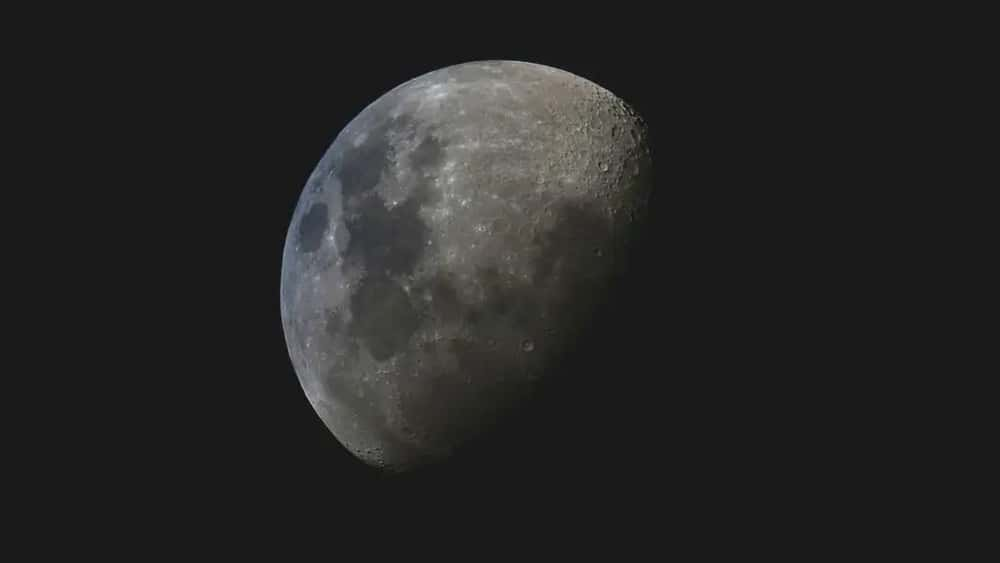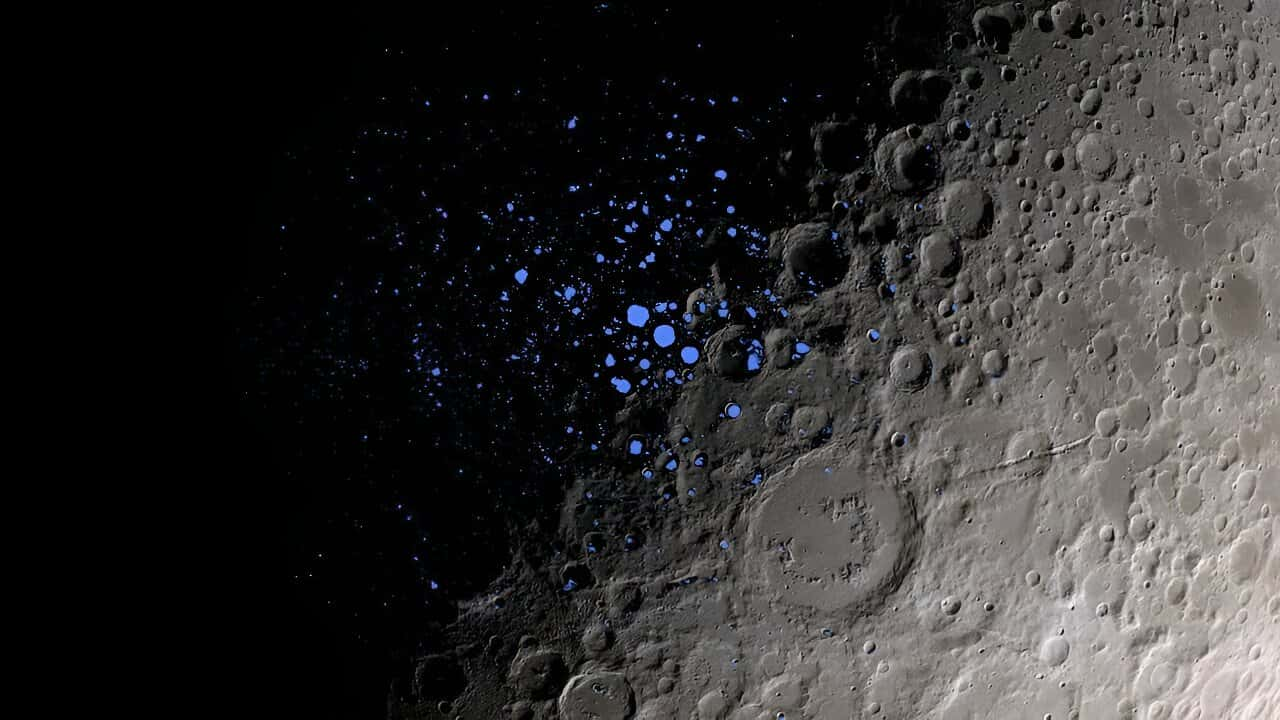This new moon mission, which marked a significant milestone in late August 2023, targeted the south polar region, suspected to potentially house ice reserves crucial for sustainable lunar infrastructure.

In the latest lunar endeavor, a new moon mission conducted by India’s Chandrayaan-3 has once again propelled the aspiration of establishing a sustainable space station on the Moon
The lander, Vikram, and its accompanying rover, Pragyan, provided essential close-up insights into these regions where scientists anticipate finding traces of ice. These ice deposits, concealed within permanently shadowed regions (PSRs), remain pivotal in unraveling the mystery behind the origin and distribution of water on the Moon. The new moon mission’s findings, including the detection of sulfur in the lunar soil, could serve as crucial clues toward understanding the source of lunar water.
The temperature measurements acquired by Chandrayaan-3 are fundamental in mapping the volatile elements’ distribution and stability across the Moon’s surface. These measurements, akin to those required for future Artemis missions, aim to pinpoint areas abundant in volatiles like sulfur, critical for potential human habitation.
This new moon mission, in conjunction with initiatives from NASA and other space agencies, underscores the collaborative effort to establish a sustainable human presence on the Moon
As these new moon missions progress, the search for ice reservoirs persists, with upcoming ventures like the VIPER rover mission, designed to explore smaller shadowed areas for water content. The ultimate goal remains to identify a suitable location for a self-sufficient lunar station near ice reservoirs, mirroring the significance of McMurdo Station in Antarctica. Such a station would facilitate prolonged human presence while significantly reducing the cost of transporting water to the Moon.
The data collected from Chandrayaan-3 and future new moon missions will play a pivotal role in determining the optimal sampling sites for Artemis missions, steering humanity closer to establishing a sustained human foothold on the lunar surface. Cooperation among various space agencies emerges as a cornerstone for achieving a long-term, sustainable lunar habitat.




